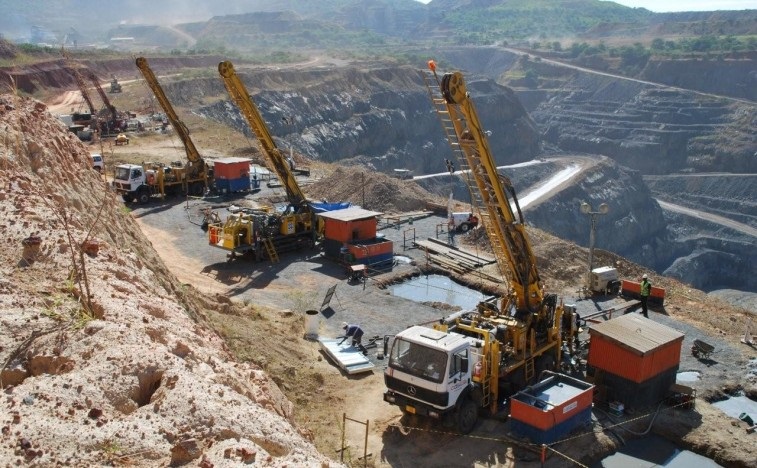Kenya’s mining sector is currently undergoing significant reforms, marked by the recent removal of a four-year moratorium on new mining licenses and the classification of specific minerals as strategic resources.
These reforms have generated optimism within the industry but have also sparked debates regarding their potential impact on investors and the overall sector growth.
In November 2019, the Kenyan government imposed a four-year moratorium on the issuance of new mining and prospecting licenses, citing the need to clean up and overhaul the industry. This decision raised questions about the necessity of a complete freeze, with critics arguing that the government could have pursued reforms while still issuing licenses, potentially attracting billions of dollars in investments and new mineral discoveries during this period.
One of the most contentious aspects of these reforms is the classification of certain minerals as “strategic.” These strategic minerals, which include radioactive minerals, cobalt, tantalum, lithium, coltan, and others, are set to be developed either by the National Mining Corporation (NMC) or through joint ventures with investors. This designation has raised concerns about potential obstacles for both large-scale and artisanal miners.
For example, the classification of tsavorite as a strategic mineral presents challenges for artisanal miners who have traditionally mined this gemstone. They are now required to enter joint ventures with the NMC, which may subject them to additional regulatory requirements and bureaucratic processes.
Analysts have expressed concerns about the rationality of classifying certain minerals as strategic and the NMC’s ability to establish timely joint ventures with strategic investors. Large-scale miners are particularly interested in these strategic minerals but may be hesitant due to the requirement of partnering with the NMC.
On the other hand, the government asserts that the reforms are already yielding results, with President William Ruto noting that the sector has attracted significant new investments. The goal is to increase the sector’s contribution to the gross domestic product to 10.0%.
Despite its potential, Kenya’s mining industry has encountered challenges over the years. A 2015 McKinsey report estimated that the industry’s full potential could reach USD 2.5 billion in direct annual revenues. However, in recent years, the majority of earnings have come from titanium mineral sands in Kwale County.
The recent reforms in Kenya’s mining sector present both opportunities and challenges. While lifting the moratorium is a positive step, the classification of specific minerals as strategic and the requirement for joint ventures with the NMC have created uncertainties among investors. The government’s aim to attract investments and boost the sector’s contribution to the GDP is commendable.
Nevertheless, achieving a delicate balance between promoting investment and ensuring fair and efficient resource management is essential to unlock the industry’s full potential. As the sector continues to evolve, close attention to these reforms and their consequences will be crucial for the industry’s future growth.
















